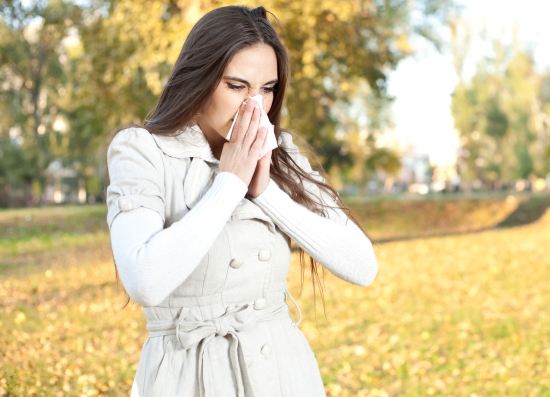What is Buruli Ulcer?
Buruli ulcer is also known as Bairnsdale ulcer or Daintree ulcer or Mossman ulcer, or even Searl ulcer. It is a chronic skin disease and involves the soft tissue.
The disease starts as a painless subcutaneous nodule, and over a period of time (usually a couple of weeks or even a couple of months) it breaks down to form a necrotic ulcer with extensively undermined edges. Though most of the times the ulcer is painless it can be quite painful in certain situations. Also the ulcer when in its prime looks ugly.
 Signs and Symptoms of Buruli Ulcer
Signs and Symptoms of Buruli Ulcer
There are some very distinct symptoms of this disease. You are likely to notice:
- A painless lump just under your skin, something like a pimple.
- There may be infections mostly on the exposed parts of your limbs, but it is not probable that you will see these infections on the hands or your feet.
- You will notice that children are more affected by this disease and the infection on the face and abdomen of children is evident.
- Severe infections will create swelling of a limb and it is accompanied by fever.
- Physical trauma is also common.
What Causes It?
Mycobacterium ulcerans is the main cause of the disease. It often occurs to people in close proximity to water bodies. However no specific activities have been identified that can connect water affecting people with this disease. Thus it cannot be concluded that fetching of water, fishing, washing, and bathing are the root causes of this ailment.
Some evidence suggests that insects may be the carriers of this diseases’ infection. These insects are mainly the aquatic bugs belonging to the Naucoridae and Diplonychus family. One of the main sources of identifying the disease is the trauma that is cased in the sufferers. As soon as the infection is introduced through the skin from surface of contamination, the initial trauma takes over.
Some research has brought to light the findings that suggest that the transmission of Mycobacterium ulcerans happen from water bugs to mice and when the mice bite humans it is transmitted to humans.
Diagnosis
The characteristic appearance of the ulcer in the endemic area determines the diagnosis of Buruli ulcer. But when your doctors are unable to pin down the reason for these infections and swellings they refer to processes like PCR and the Ziehl-Neelsen stain. You can thus conclude that the use of multiple methods may be necessary to make the diagnosis of this disease.
Treatment
In the early stage of the disease, antibiotics for eight weeks are effective for 80% of the affected people. Medicines like rifampicin, streptomycin, Clarithromycin and moxifloxacin are useful. But they must be taken under the supervision of a doctor.
Doctors may decide to cut the ulcer with the help of a minor operation. In most cases these operations are successful and require a minor incision on the swelling or the affected parts. But at an advanced stage you may have to go for skin grafting to completely cure the problem.













